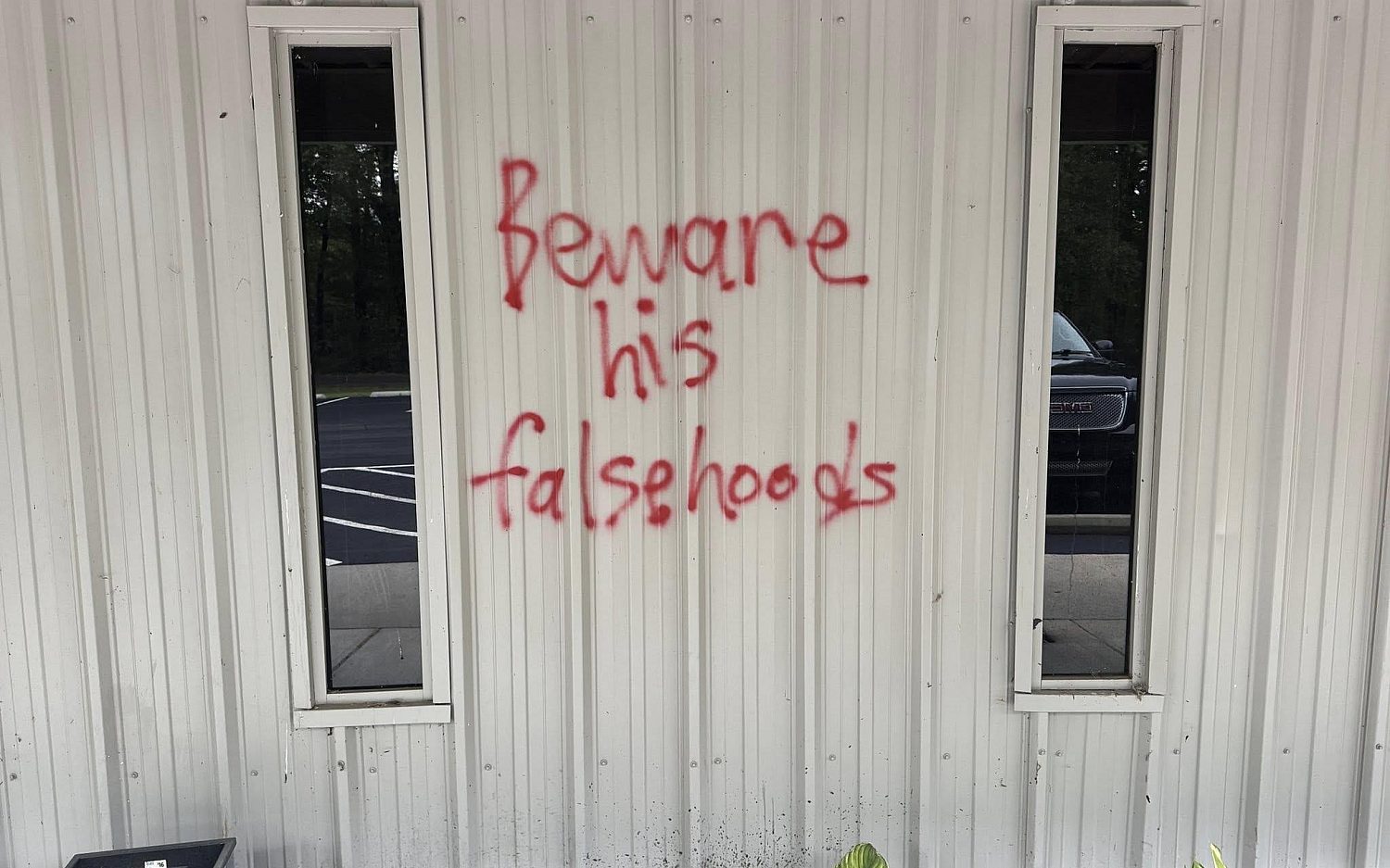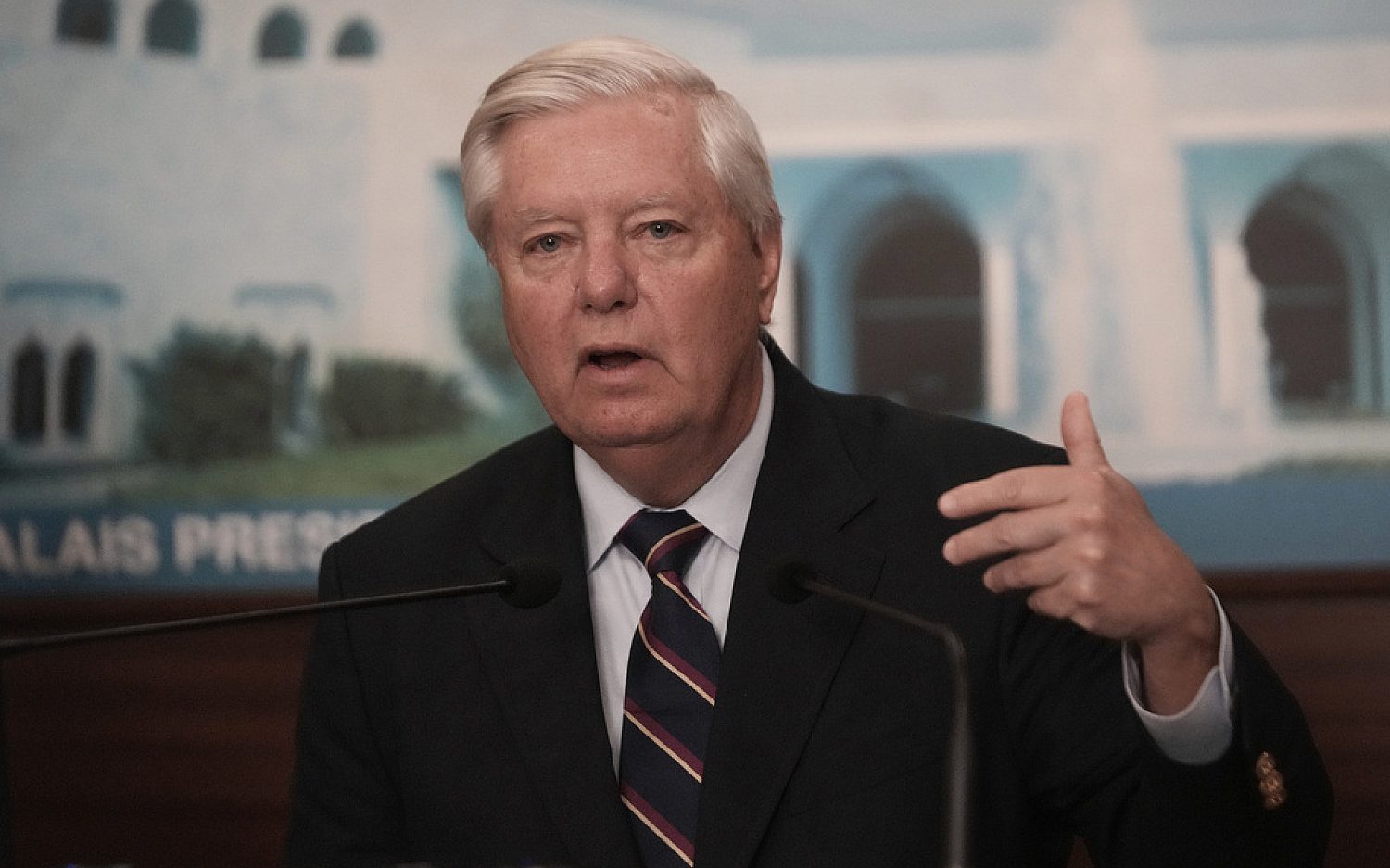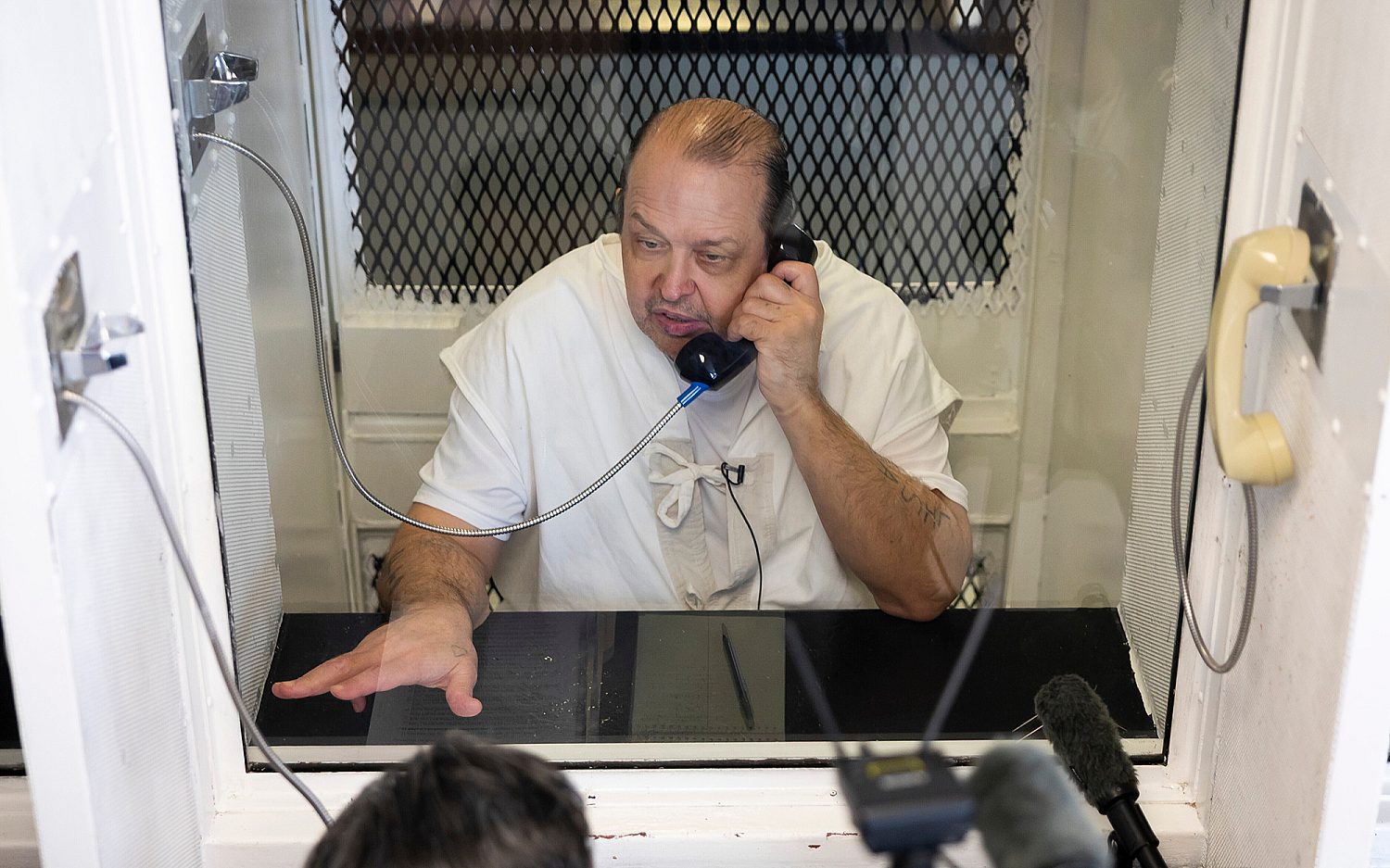Teen marijuana use linked to mental health disorders
Would you trade your brain for a teenage toke?
A growing body of studies reveals marijuana use by teenagers during critical years of brain development is associated with an increased risk of serious and lifelong mental health disorders such as psychosis, schizophrenia, major depression, and anxiety disorders. According to the American Academy of Pediatrics, these disorders may surface early in a user’s experience or even years later after quitting.
John R. Knight is director of the Center for Adolescent Substance Abuse Research (CeASAR) at Boston Children’s Hospital and teaches at Harvard Medical School. His career changed direction in 1998 when a close friend lost his son to an accident caused by substance abuse. He now studies adolescent substance abuse and and helped create www.Teen-Safe.org to warn and educate teens and parents about the irreversible damage alcohol and marijuana can inflict on the brain.
“The most important thing for teenagers to understand is that neuroscientists have just learned, within the last decade or so, that human brain development continues up until age 25 and during that time THC has widespread effects on the human brain,” Knight said.
He cited several findings showing the risk for major depression increases three to four times; serious anxiety disorder goes up three to four times; and worst of all, psychotic thinking and schizophrenia rises by as much as six times. The risk of developing schizophrenia in the general population is 1 percent, Knight said, “but if you start smoking marijuana when you’re young and continue smoking, the risk is about 6 percent.” At that rate, the cost to individual, family, and society is devastating, Knight said.
But why? This is not your father’s cannabis. It’s not the pot you grew up with either. Jennifer Golick is the clinical director of Muirwood Adolescent and Family Services in Petaluma, Calif., which is quickly becoming the “go to place” for teenage boys suffering from life-altering marijuana addictions.
Golick’s peer-reviewed article in the November, 2015 issue of Journal of Psychoactive Drugs notes THC concentrations in marijuana averaged below 4 percent in 1983. Today’s samples reflect content in the 10- to 20-percent range, with specialty products such as “wax” and “dabs” showing concentrations exceeding 30 percent and as high as 80 percent THC.
“From a clinical psychiatric perspective, the correlations between adolescent cannabis use and psychiatric illness is an area of great concern and urgent clinical investigation,” Golick wrote.
An actual newsletter worth subscribing to instead of just a collection of links. —Adam
Sign up to receive The Sift email newsletter each weekday morning for the latest headlines from WORLD’s breaking news team.




Please wait while we load the latest comments...
Comments
Please register, subscribe, or log in to comment on this article.